Limbo Accra and Ibiye Camp talk African urban landscapes and digital archives
In our profile series with Ghanaian spatial design studio Limbo Accra, we meet its rich network of collaborators. Here, spatial artist Ibiye Camp completes our journey with a discussion on the urban landscape in Africa and digital archives
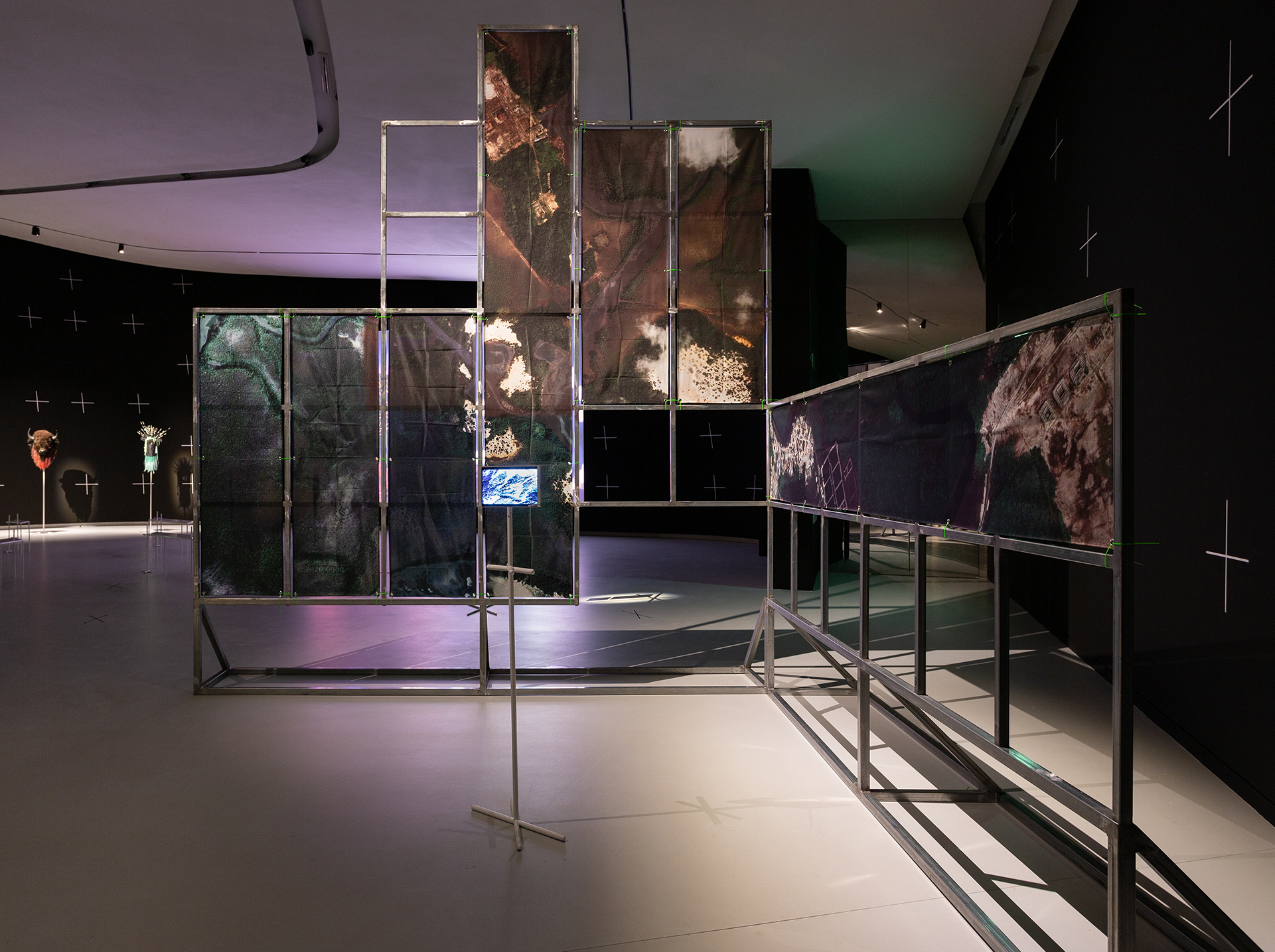
Over the past year, Ghanaian spatial design studio Limbo Accra, developed a series of conversations together with Wallpaper*, engaging with creative practitioners that inspire the studio, in Africa and its diaspora. From democratising architectural perspectives through photography with Jerald ‘Coop’ Cooper of Hood Century, to challenging design paradigms with Tawanda Chiweshe of Alaska Alaska, and empowering the next generation of African designers with Nifemi Marcus-Bello of nm bello Studio, we round off this series by exploring Limbo Accra’s nascent collaboration with artist Ibiye Camp.
Ibiye Camp and Limbo Accra
Ibiye Camp is a multidisciplinary artist and lecturer at the Royal College of Arts (RCA) in London. With a Nigerian mother and English father, Camp’s work reflects her upbringing, straddling the binaries of her identity. Moreover, growing up against the backdrop of London’s East Street Market, with ‘market stalls selling plantain, yam, Scotch bonnets, lace and Dutch wax prints’, Camp found herself ‘searching for Nigeria’, a journey manifested in her work through the omnipresence of textiles, market stalls and themes of labour in public spaces.
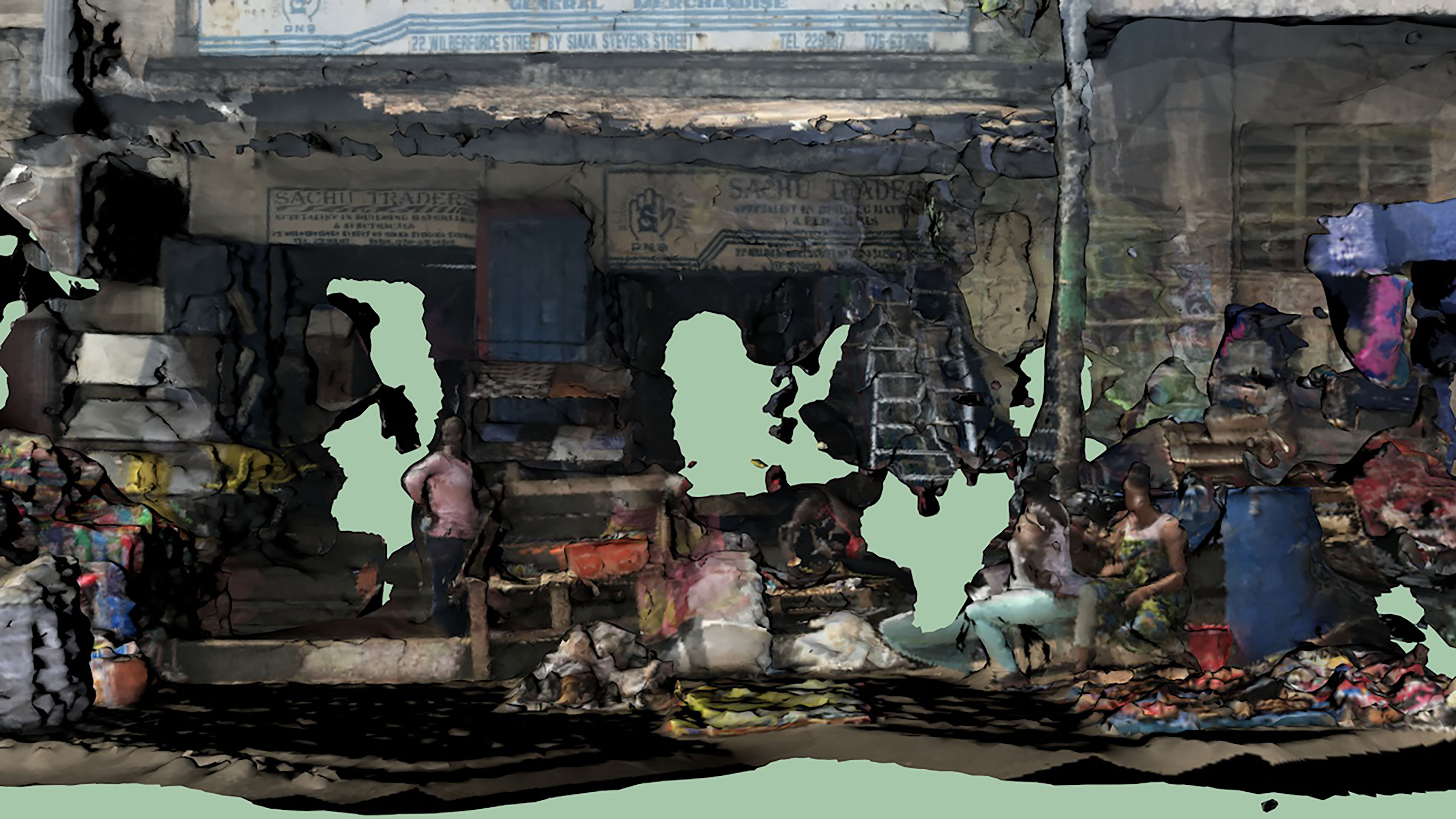
Ibiye Camp's Area Snap Devices (Data: The New Black Gold)
Camp reflects that she ‘was always curious about architecture’. She applied to do an MA in architecture at the RCA – drawn in by opportunities to explore intersections between the social and architectural across myriad mediums. With a keen interest in technology, Camp researched data centres, and how ‘imperialist structures influence internet access in Africa’.
She began using photogrammetry, scanning moments of data exchange in places such as Balogun Market in Lagos, in order to better document spaces in ways ‘representative of the actions that happen within them’.
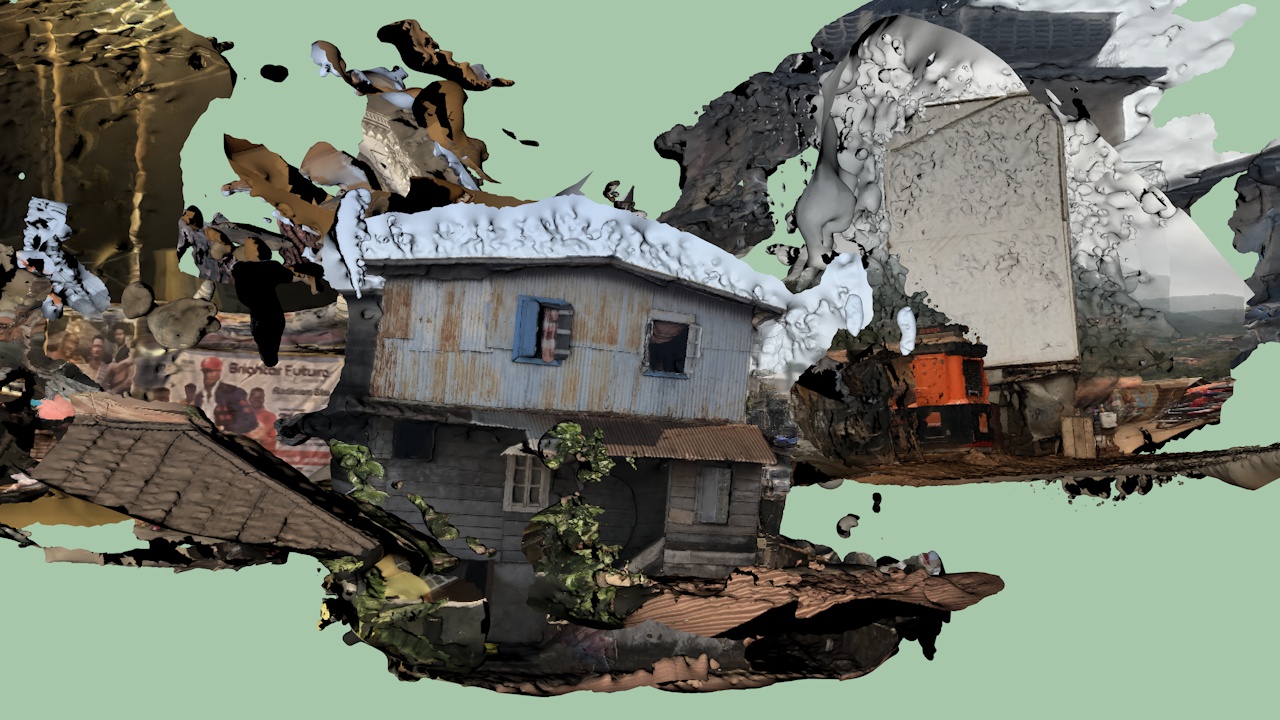
Area Snap Devices (Data: The New Black Gold) film still
Limbo Accra founder Dominique Petit-Frère’s practice of activating unfinished building sites through creative expression and Camp’s methods of documenting activities of spaces through technology, led to their natural confluence in Accra, in late 2021. This meeting developed into a partnership, and the two together are now planning to create a digital archive by scanning various sites in limbo across West Africa, starting in Accra and Freetown.
These limbo structures are a recognisable aesthetic across West Africa, with deep cultural significance. Petit-Frère explains that ‘they reflect the different levels of exploitation within the construction industry and its disabling effect on the urban landscape.’ Petit-Frère guided Camp to Labadi Beach Tower in Accra, a 17-storey building, one of two of its kind planned to be built, to take scans. Camp says: ‘There were caretakers who warned, “You can’t get close, it’s not safe”, so I ended up circling the building’, which she describes as a ‘ghostly presence’.
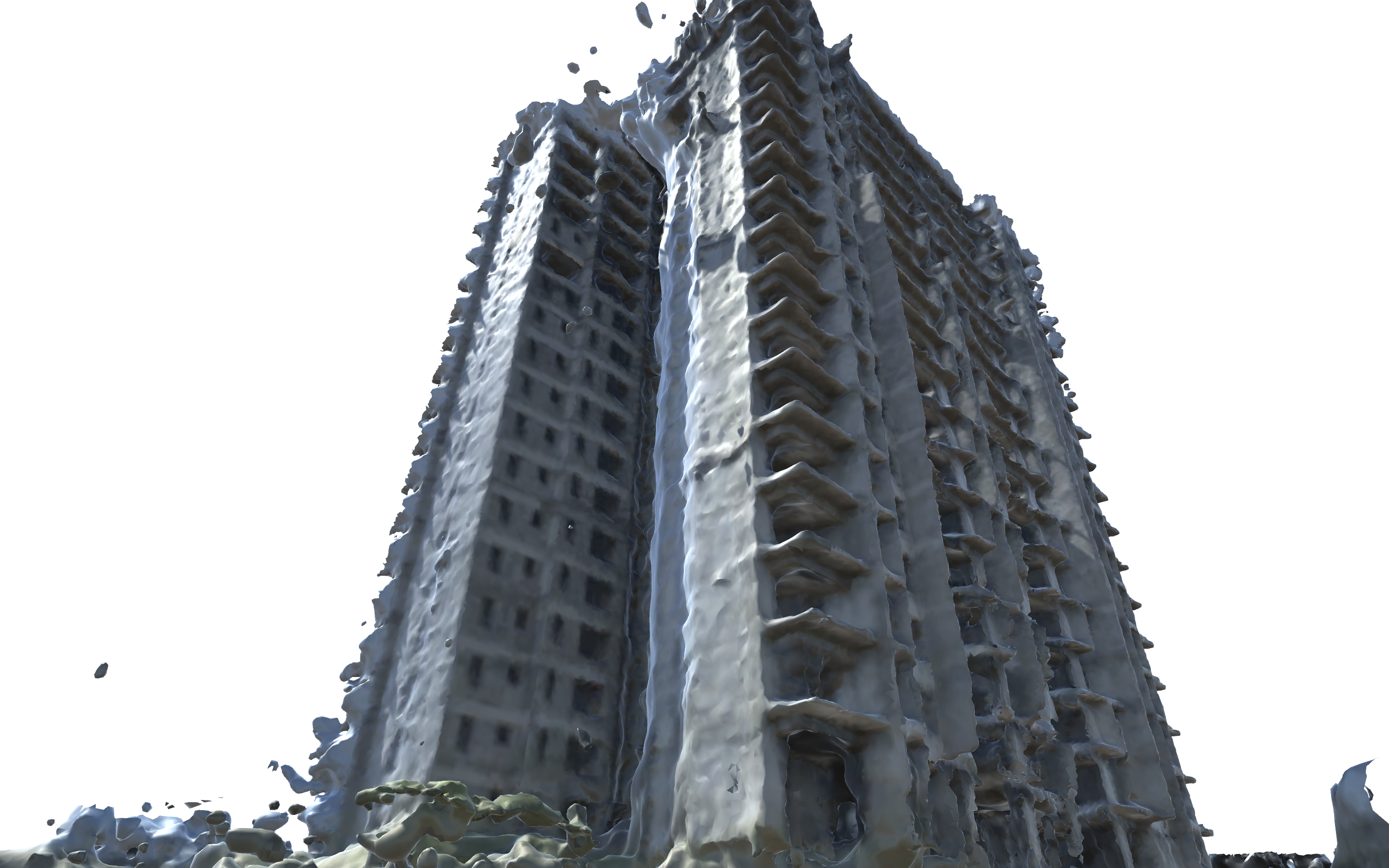
Labadi Beach Tower
In smaller structures, a chair, a washing line, or a piece of fabric across an imaginary doorway mark signs of inhabitants. Petit-Frère says: ‘Children are born within these arrangements, feeling and knowing that it’s home, but under these liminal jurisdictions never knowing when it’s time to go.’
Receive our daily digest of inspiration, escapism and design stories from around the world direct to your inbox.
The pair’s digital archive questions the future of the urban landscape in Africa, while keeping pace with the world's reconfiguration into digital spaces. It will explore how urbanists, designers, and artists alike, can create new spatial artefacts that, for Petit-Frère, ‘simultaneously honour their visions while orienting them towards the future’. With plans for first-person-controller and augmented-reality functions, users will be able to highlight views, borders and details of each individual site, which will eventually form part of wider 3D digital cities that they can explore, inhabit and roam. Along with field recordings and interviews collected from locations, this multi-layered digital documentation of the incomplete spaces will allow for ‘renewal and restitution of the structure's life span’.
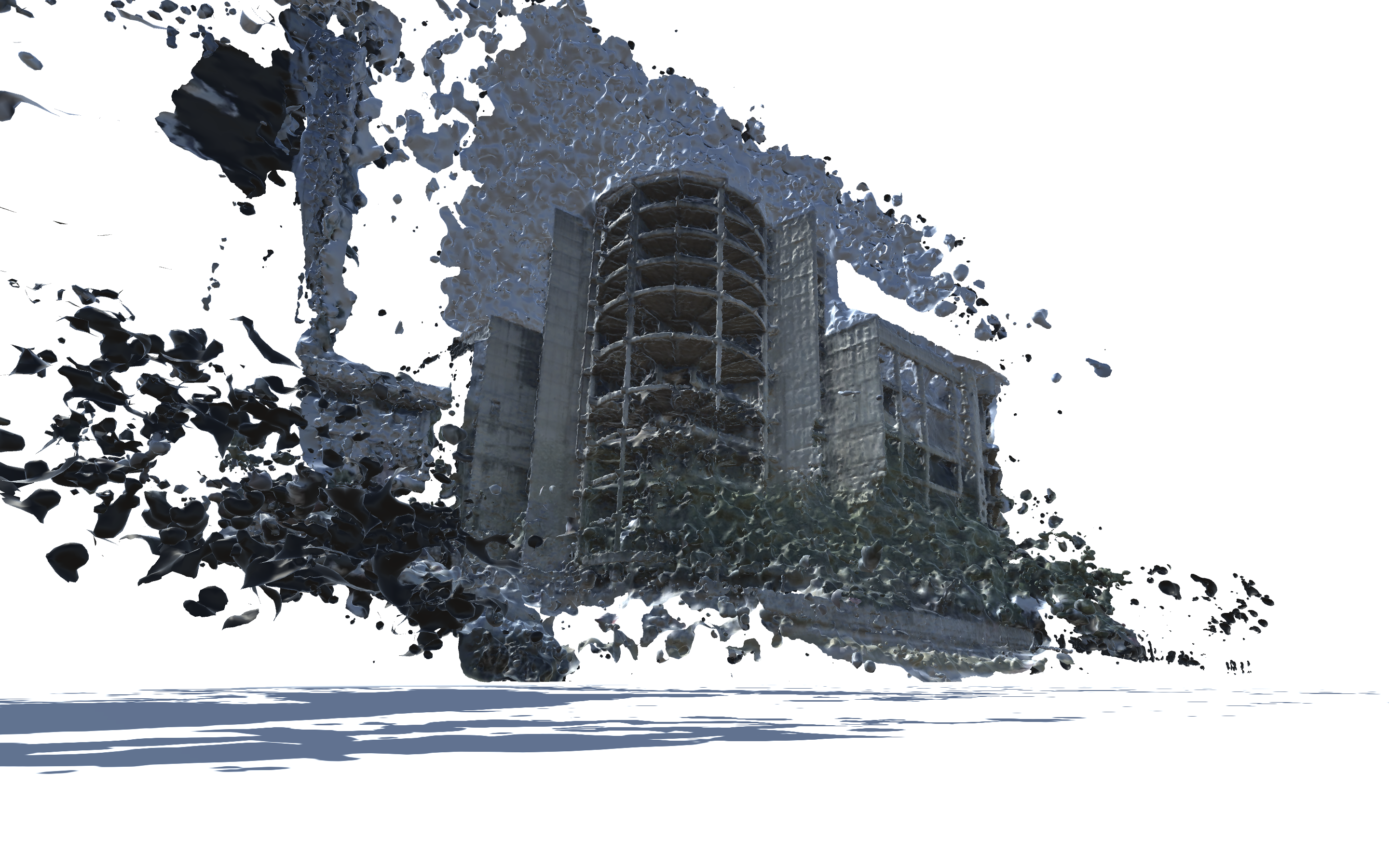
Airport Tower
Limbo Accra shared the beginning of the digital archive with Camp, along with local digital artists David Alabo and DatArtGod (Ohemeng Oware Jr) in Limbo Accra’s original activation site in East Legon. This was an opportunity to invite wider circles to engage with the development of the collaboration, opening up the digital archive to public contributions from local photographers and urbanists.
Petit-Frère was particularly empowered by the organic process of information exchange with another female architect and designer in Accra, and ‘finding new ways to use architecture to experiment, experience and see the city as a playground’.
Echoing thoughts shared at The World Around summit, which took place earlier in 2022 in New York and the digital realm, Petit-Frère hopes that partnerships like these will help bring the reality of African infrastructure to wider audiences, allowing them to form part of the global built language as identifiable, imaginable and activatable spaces.
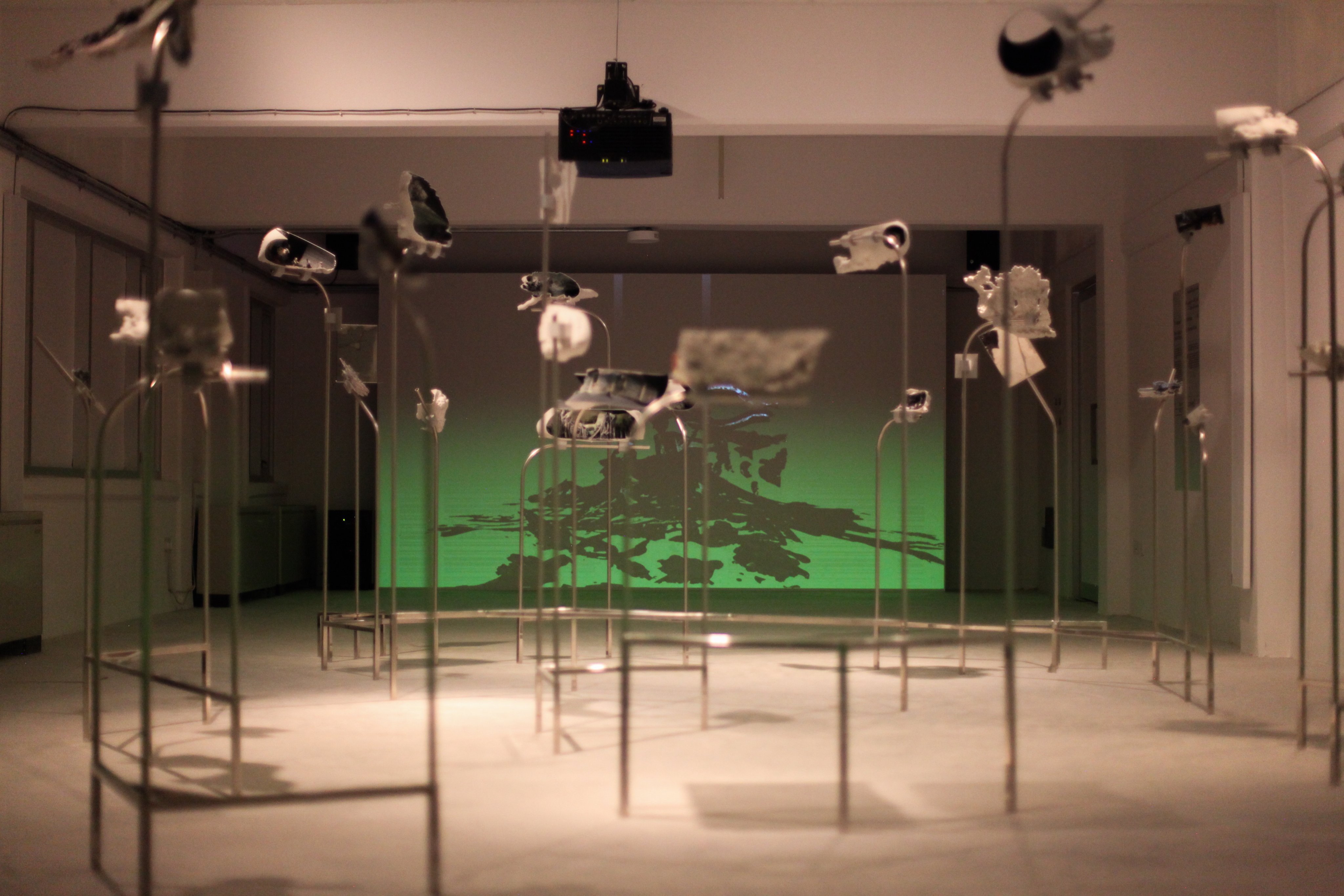
Sharjah Architecture Triennale, Sacred Forests of Ethiopia.
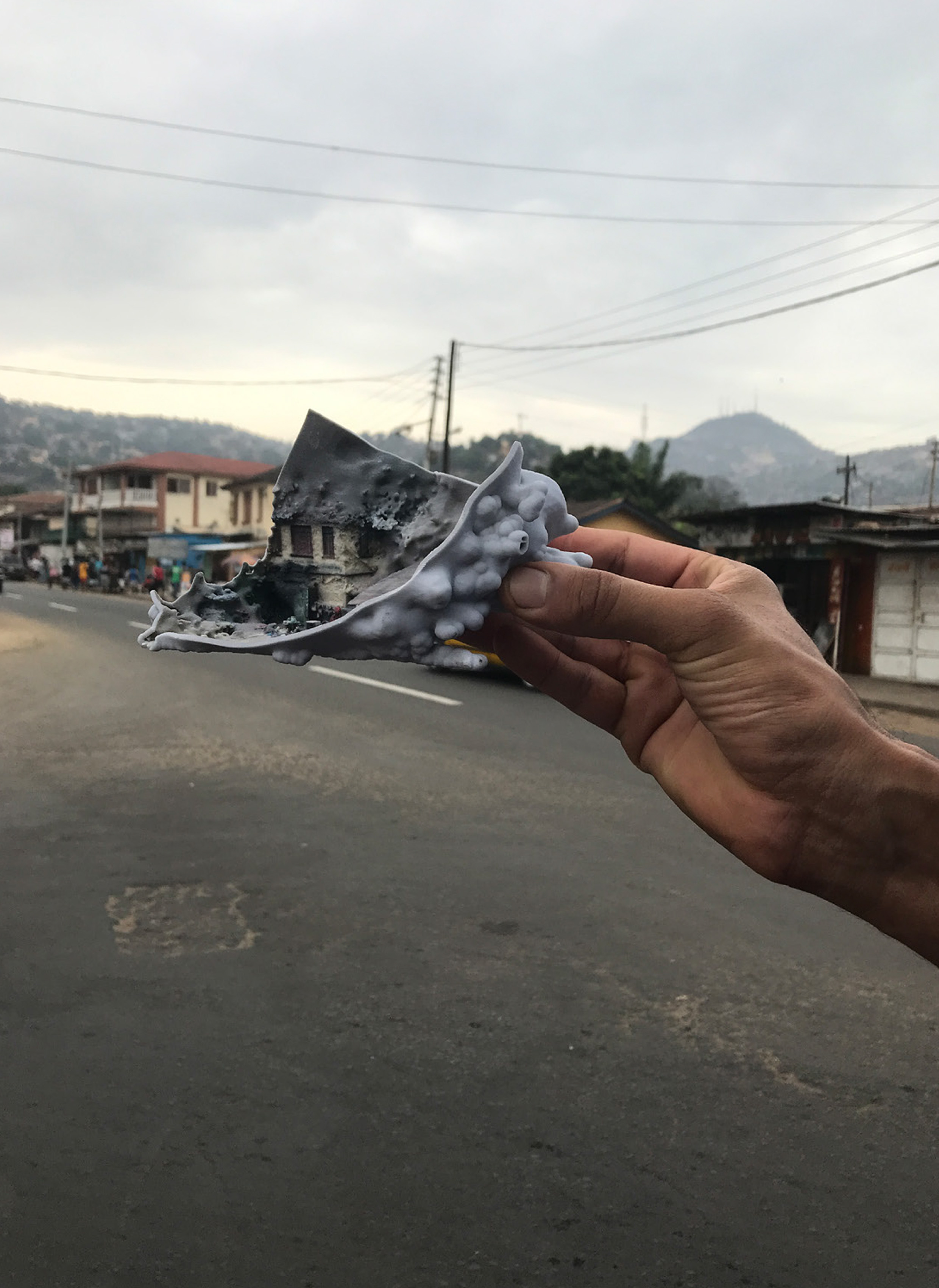
Data The New Black Gold 3D model in Freetown
INFORMATION
Nana Ama Owusu-Ansah is a writer and photographer from London. She first wrote for Wallpaper* in 2021, in a series on the new vanguard of African designers practising in Africa and its diaspora. She is drawn to projects centring on decolonial approaches to art, architecture, as well as community and sustainability. Nana Ama read Economics and Spanish at University of St Andrews, and, as an avid linguist, is passionate about using accessible language to invite new audiences to engage in design discourse.
-
 Rolls-Royce pushes pixels with this retro-game inspired edition of the Black Badge Ghost
Rolls-Royce pushes pixels with this retro-game inspired edition of the Black Badge GhostReady Player One? The Black Badge Ghost Gamer is a bespoke super-luxury limousine infused with the style and shape of 8-bit arcade graphics
-
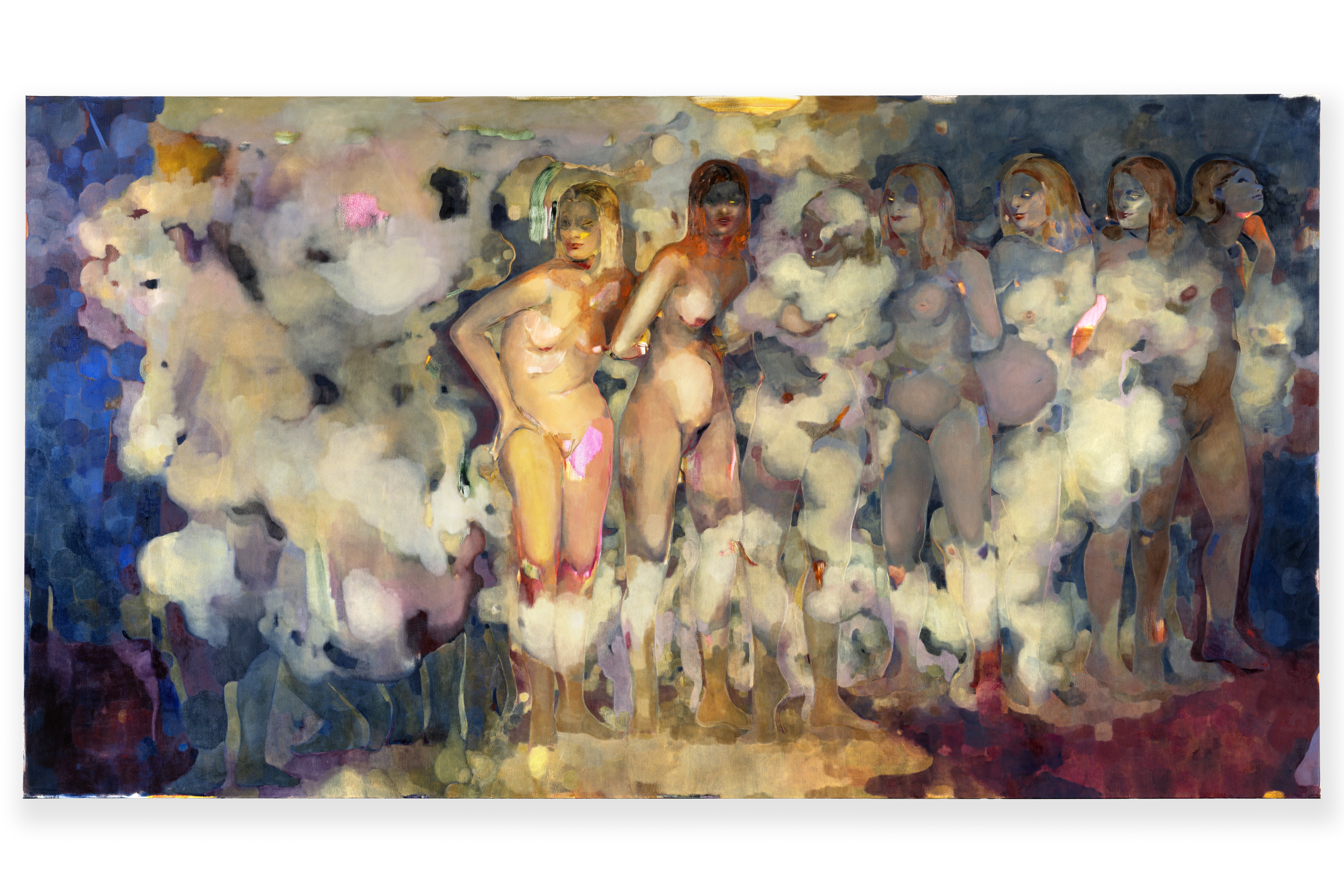 Meet Eva Helene Pade, the emerging artist redefining figurative painting
Meet Eva Helene Pade, the emerging artist redefining figurative paintingPade’s dreamlike figures in a crowd are currently on show at Thaddaeus Ropac London; she tells us about her need ‘to capture movements especially’
-
 Brit Awards 2026 reveal trophy design by Matthew Williamson
Brit Awards 2026 reveal trophy design by Matthew WilliamsonThe Brit Awards 2026 will take place in Manchester on 28 February: here’s a first look at the awards trophy, designed by Mancunian designer Matthew Williamson
-
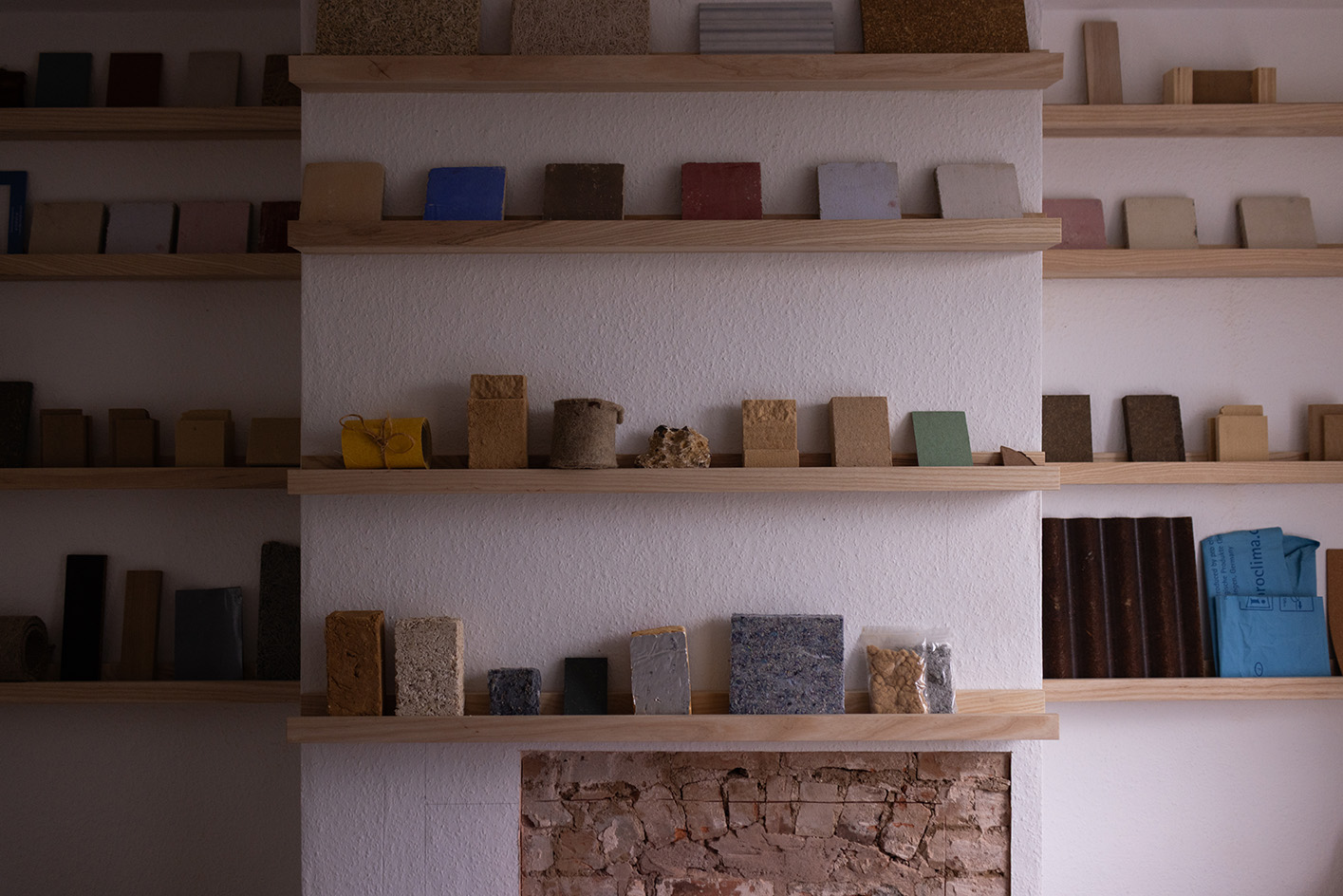 Take a tour of Retrofit House, the live showcase inspiring sustainable homebuilding
Take a tour of Retrofit House, the live showcase inspiring sustainable homebuildingRetrofit House, a showcase for residential redesign using biomaterials and environmentally smart methods, opens in Birmingham, UK, spearheaded by Civic Square, Dark Matter Labs and Material Cultures; we paid it a visit
-
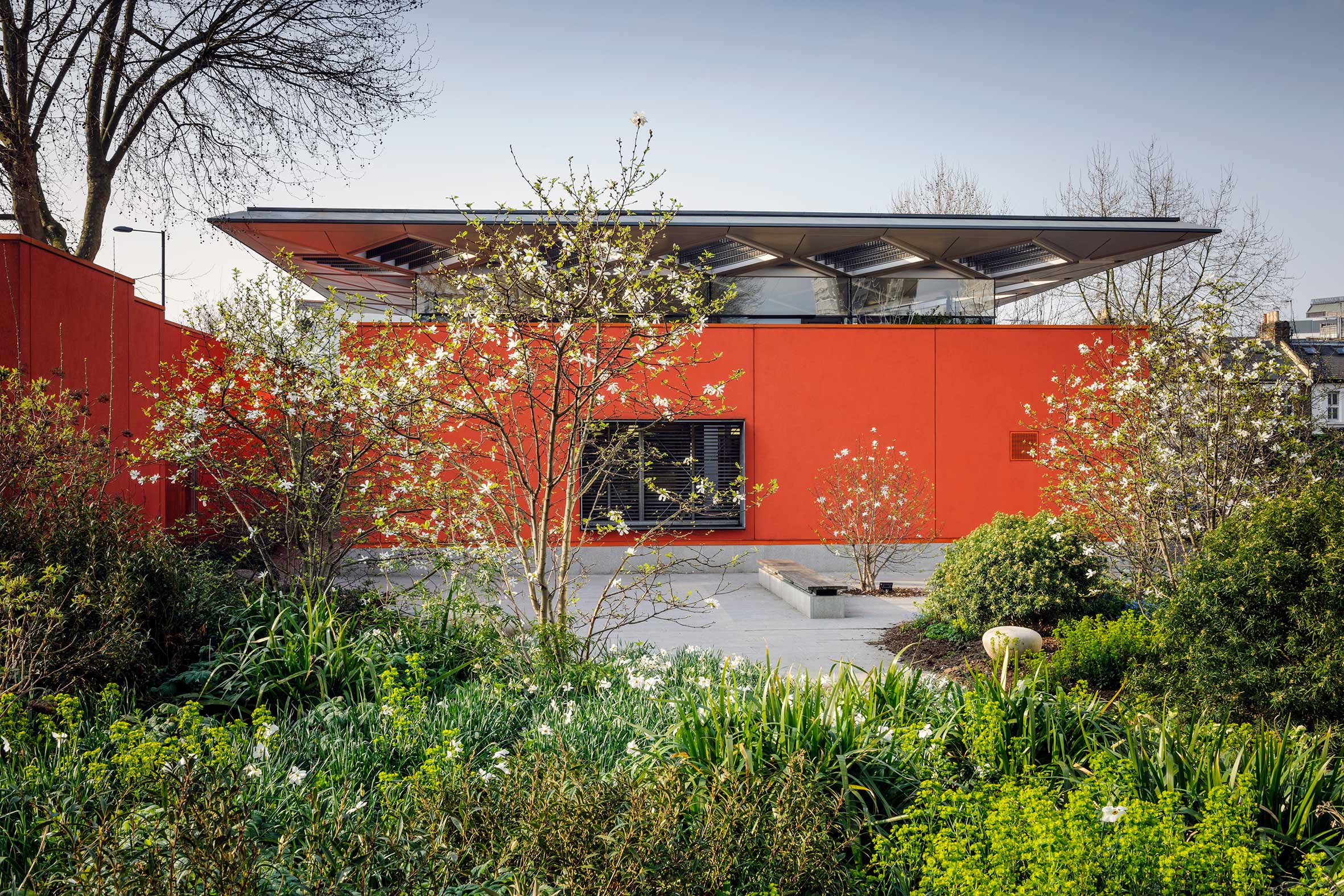 How Maggie’s is redefining cancer care through gardens designed for healing, soothing and liberating
How Maggie’s is redefining cancer care through gardens designed for healing, soothing and liberatingCancer support charity Maggie’s has worked with some of garden design’s most celebrated figures; as it turns 30 next year, advancing upon its goal of ‘30 centres by 30’, we look at the integral role Maggie’s gardens play in nurturing and supporting its users
-
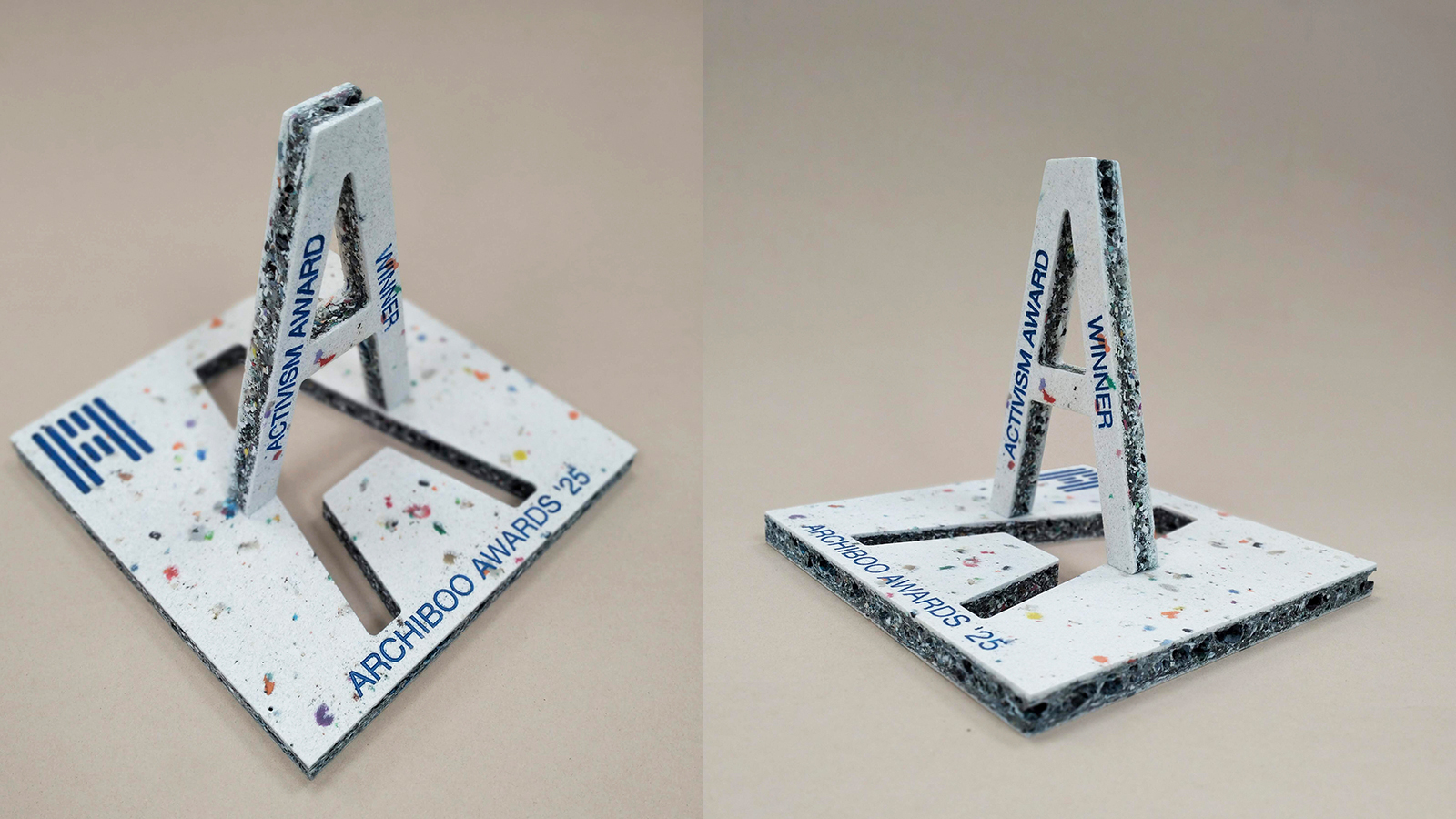 Archiboo Awards 2025 revealed, including prizes for architecture activism and use of AI
Archiboo Awards 2025 revealed, including prizes for architecture activism and use of AIArchiboo Awards 2025 are announced, highlighting Narrative Practice as winners of the Activism in architecture category this year, among several other accolades
-
 Backstage at the Old Vic is all about light, theatre and sustainable action
Backstage at the Old Vic is all about light, theatre and sustainable actionThe theatre's new creative hub by Haworth Tompkins has completed, bringing a distinctly contemporary and colourful addition to the popular theatre space in South London
-
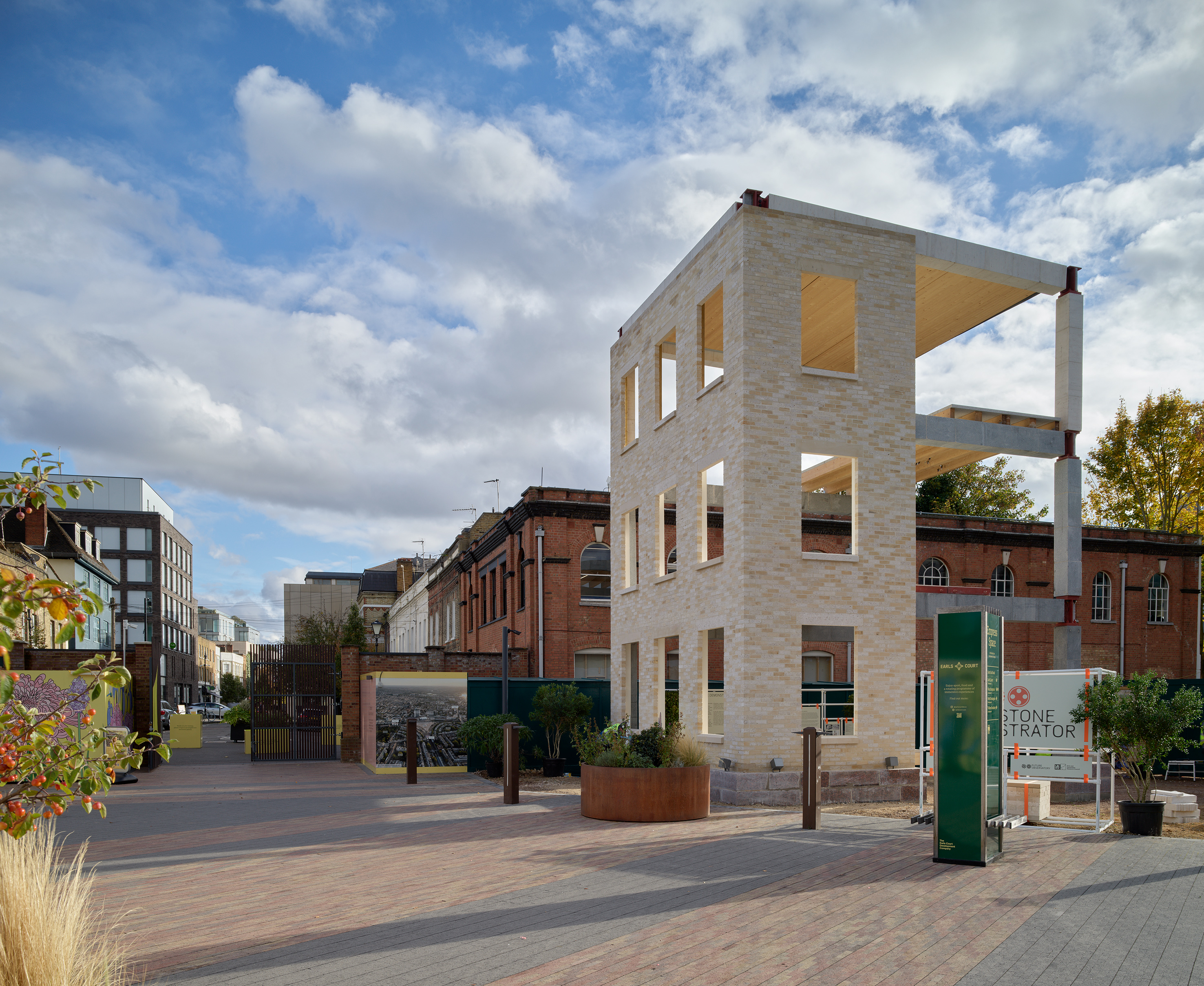 Tempted to try building with stone? This project will convince you of its merits
Tempted to try building with stone? This project will convince you of its meritsWelcome to the Future Observatory's The Stone Demonstrator, a project conceived to show off the material's strong points, now on display in West London
-
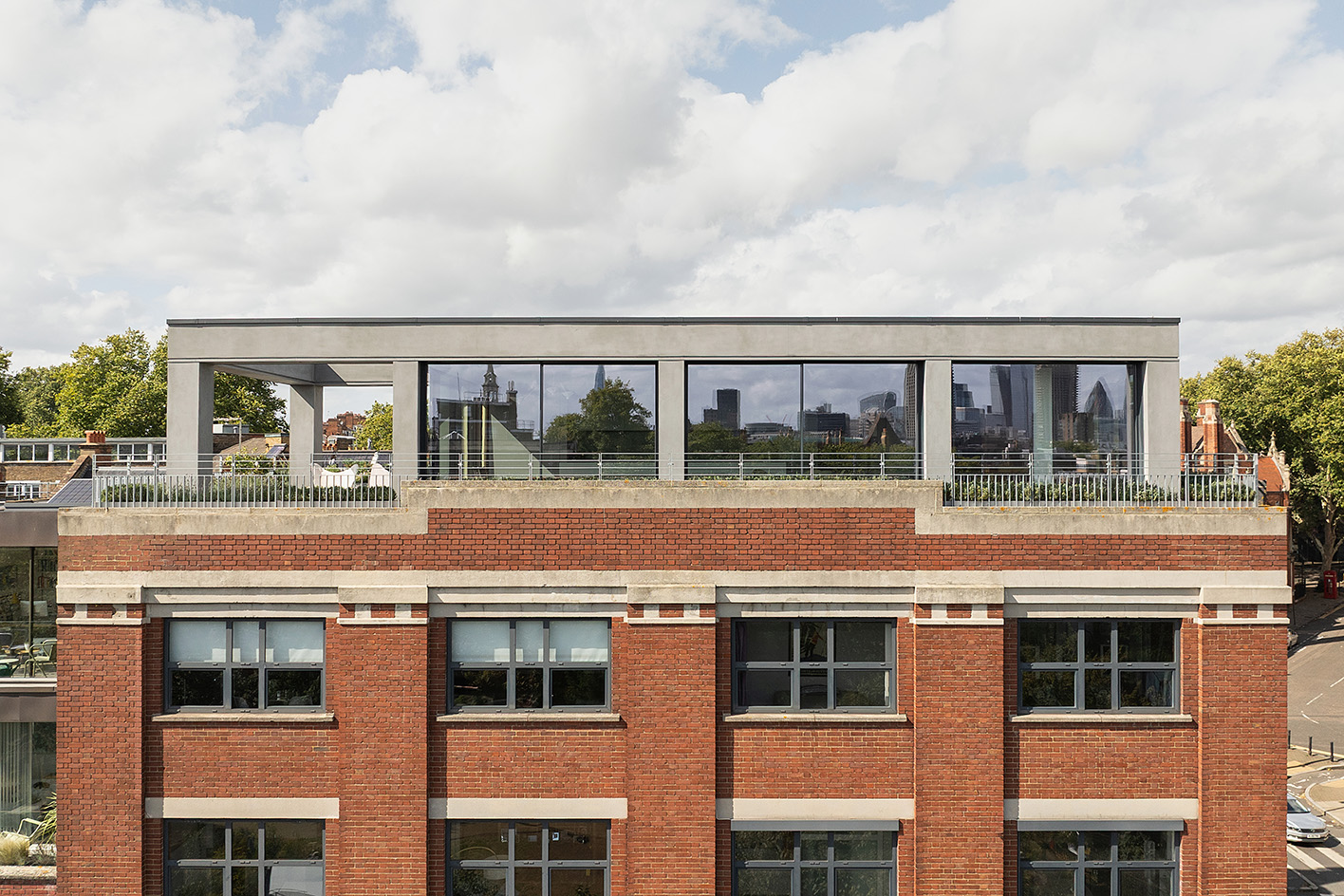 Step inside this Clerkenwell Rooftop, transformed into a minimalist urban abode
Step inside this Clerkenwell Rooftop, transformed into a minimalist urban abodeA Clerkenwell Rooftop has been transformed by Studio Felicity Bell into a minimalist modern home, featuring airy interiors and long views of London
-
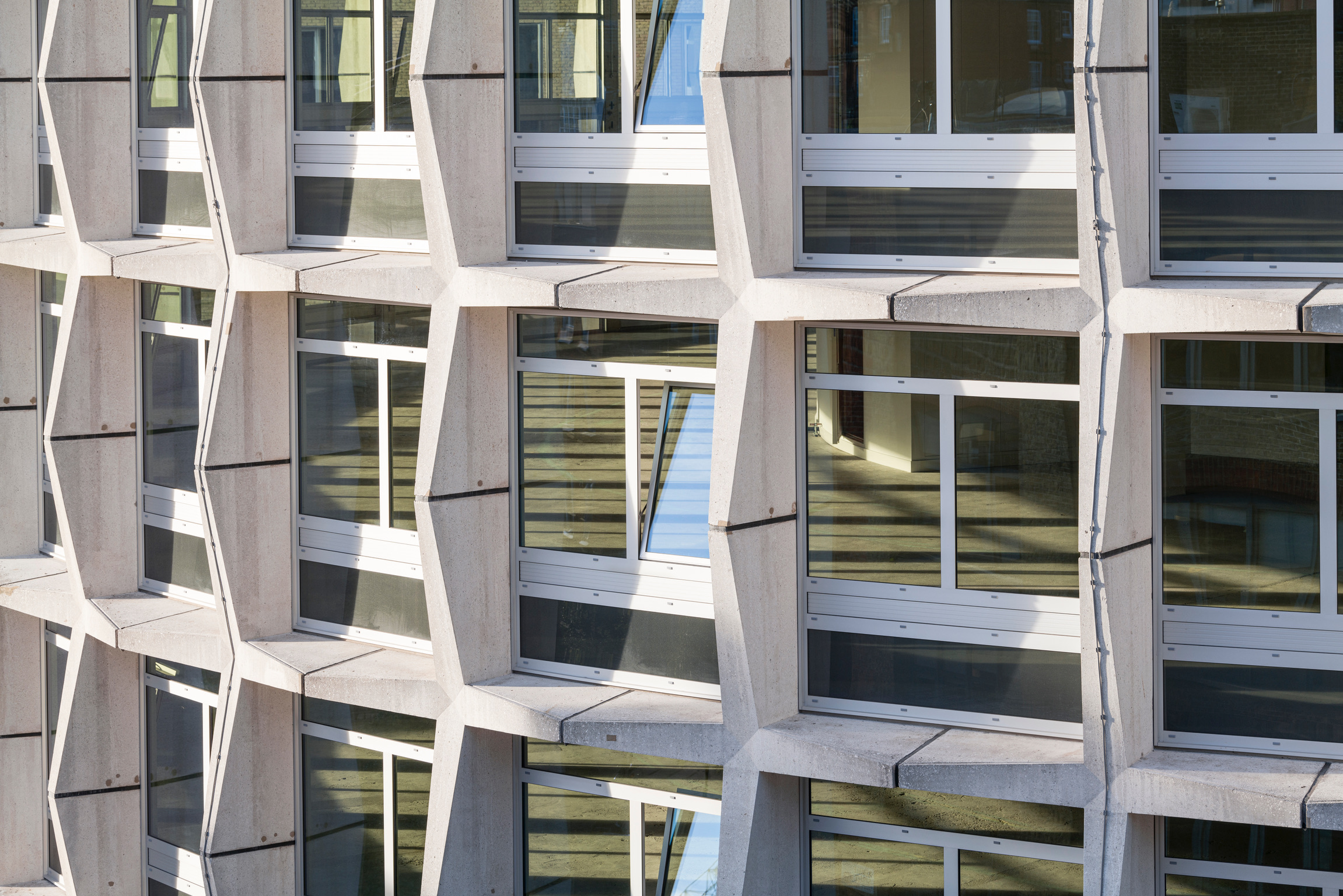 Richard Seifert's London: 'Urban, modern and bombastically brutalist'
Richard Seifert's London: 'Urban, modern and bombastically brutalist'London is full of Richard Seifert buildings, sprinkled with the 20th-century architect's magic and uncompromising style; here, we explore his prolific and, at times, controversial career
-
 Meet Forefront, a cultural platform redefining the relationship between art and architecture
Meet Forefront, a cultural platform redefining the relationship between art and architectureForefront co-founder Dicle Guntas, managing director of developer HGG, tells us about the exciting new initiative and its debut exhibition, a show of lumino-kinetic sculptures in London